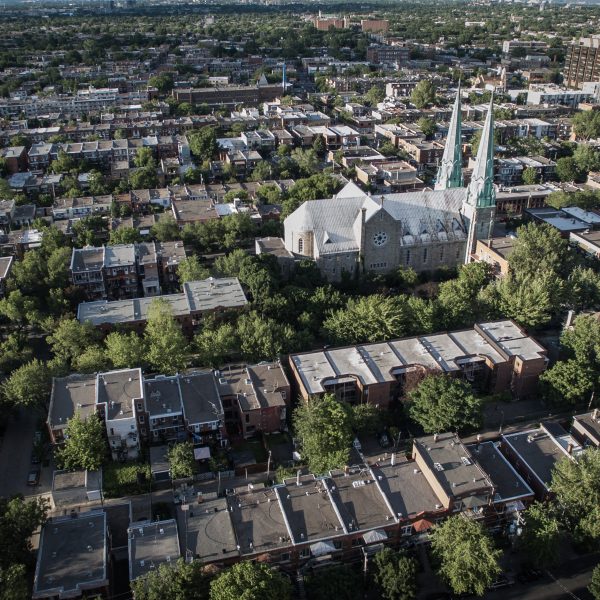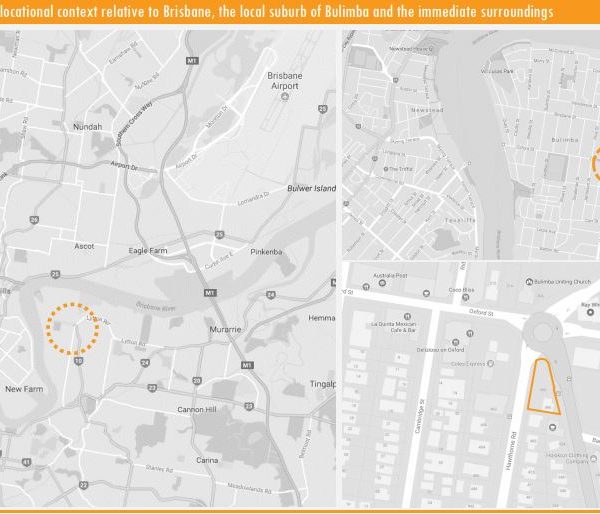Court decision a win for services dealing with noise complaints from neighbours

Many early childhood education and care (ECEC) services have, at one time or another, been on the receiving end of a complaint from a neighbour, or group of neighbours, in relation to noise made by children playing in the yards of the service.
This is perhaps becoming more prevalent with the advent of mixed use spaces, where children’s services are designed and built to share space with commercial and residential facilities, as was a recent case in Brisbane, where Brisbane City Council and Northern Properties Pty Ltd contested a mixed-use development application which the council had rejected.
Northern Properties appealed against a decision of the Brisbane City Council to refuse a mixed use development application over land located at Dalmarnock Street, Enoggera. The application put to Council was for the development of a centre catering for 106 children on the ground floor of a building which would also house 19 apartments on two levels above the centre, and was contentious within the local community.
Initially the Council rejected the application, saying that the development would result in an unacceptable noise impact to residents of the apartments, and would cater for more than a local community facility need, both of which are at odds with the councils city plan.
The case was brought before the Planning And Environment Court Of Queensland, who held that the Council’s decision to refuse the application be set aside and that the Council instead put forward a draft suite of conditions relating to the development.
Noise impacts are to be expected, Court finds
Using evidence tendered from two acoustic experts, it was found that five of the nineteen apartments would be subject to noise over and above the noise limit prescribed by Performance Outcome PO10 of the Childcare centre code in the City Plan.
However, in an usual twist, despite the development not meeting PO10 for those five apartments, the Court found that the development does comply with the relevant acceptable outcomes in respect of Performance Outcome PO10 overall, because the noise coming from the childcare component of the development “falls within the range of impacts reasonably expected by the Multiple Dwelling Component of the Development” for the following reasons:
- the characteristics of the noise, including the type, scale and area affected;
- the time that the noise is generated and its duration;
- the knowledge of the presence of the Childcare Component.
Basically, because those purchasing the apartments would be aware of the presence of the centre in the building, they could not therefore have “an unassailable expectation that they will not be affected on their balcony by the noise generated by the Childcare Component of the same development”.
The Court was ultimately satisfied that the development would represent “a balanced decision in the public interest” setting aside the decision made by the Council. The finding may be of use and interest to those seeking to create similar developments in residential areas.
Information for this story was supported by commentary published by law firm Colin Biggers & Paisley for general information purposes only, and should not be relied on as specific advice.
To access the commentary provided by Colin Biggers and Paisley, please see here. A full transcript of the case may be found here.
Popular

Practice
Provider
Quality
Workforce
Understanding the role of the nominated supervisor: Free webinar series supports ECEC leadership
2025-11-24 06:16:20
by Fiona Alston

Practice
Quality
Workforce
Thirty years of heart: A life dedicated to caring for the next generation
2025-11-28 06:27:05
by Fiona Alston

Economics
Workforce
Wage boost secured for low‑paid public sector workers in South Australia
2025-11-24 07:00:03
by Fiona Alston














